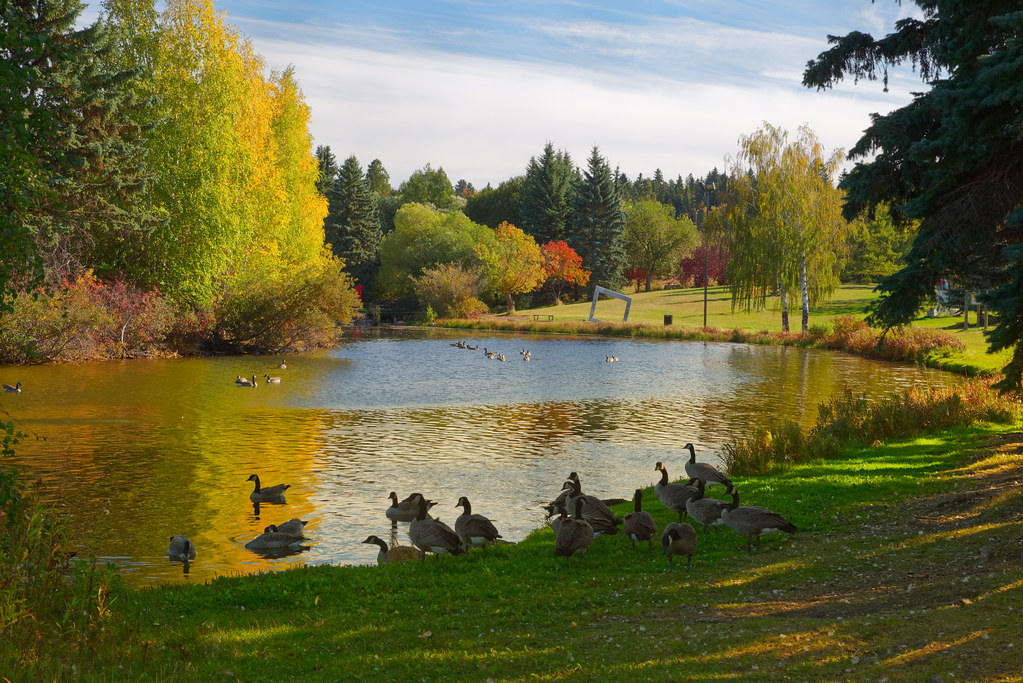
On the agenda: Homelessness response, trees, and investment performance
By
 Mack Male
Mack Male
This week, community and public services committee will meet on May 1, urban planning committee will meet on May 2, and executive committee will meet on May 3.
Here are some of the key items on the agenda:
- Although more than 15,500 people have been housed through Housing First programs in Edmonton since 2008, the number of people experiencing homelessness has nearly doubled since 2019 and agencies are struggling to keep up. The city spent about $14.1 million on its 2022-2023 winter response, and administration has identified several options for the upcoming winter that council will consider as part of an update on Edmonton's approach to supporting those experiencing homelessness. Currently, there is $1.25 million of funding available for the 2023-2024 winter response.
- In order to plant two million new trees by 2030 and achieve 20% total canopy coverage by 2017, administration recommends increasing incentives and programs for tree planting and preservation on private lands. Naturalization is expected to be the largest contributor to the city's goals for trees. The city currently maintains an inventory of 385,000 trees, 2,500 hectares of natural area tree stands, and 1,000 hectares of naturalized areas. A private tree bylaw, which administration does not recommend, would cost about $1 million to develop and implement.
- An update on the William Hawrelak Park Rehabilitation Project suggests at least 741 trees are at risk, with an estimated 112 to be removed. An earlier assessment suggested about 220 mature trees would be removed.
- According to the 2022 Investment Committee annual report, the city's investment funds totalled $3 billion as of Dec. 31, 2022, and all the city's investment funds outperformed their benchmarks in 2022. The largest fund, the Ed Tel Endowment Fund, paid $54 million in dividends to the City in 2022 — the largest contribution in the fund's history.


